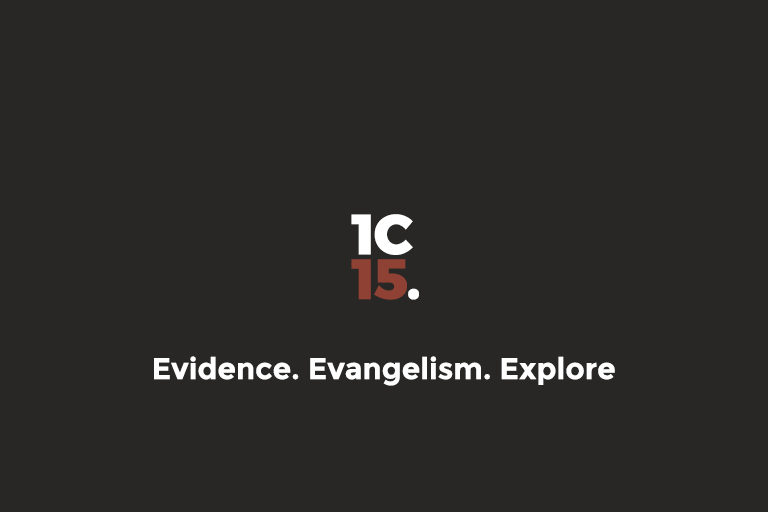Sophia of Jesus Christ

This document was found with (wait for it) with the other Nag Hammadi texts in Egypt in 1945. Sophia is believed to mean the word “wisdom” and claims to be to do with a conversation between Jesus and his disciples. Scholars date this anywhere between 150-250AD, never earlier generally.
Reasons for rejection/non-inclusion
- Written outside the apostolic age
- The text is similar to another Gnostic text called “The Epistle of Eugnostos” which describes a Gnostic cosmos. Scholars believe this Sophia of Jesus Christ is so similar it is merely a copy with edits made for Christian audiences
- This is a key example of how Gnostic texts were reinterpreted for the Christian audiences in their attempt at a wider appeal
- Church Fathers resoundly rejected Gnostic works as they did not match the Canonical texts supported in the first century
- Salvation is found in hidden teaching, contradicting Christian doctrine
- It’s origins of the universe, truth and wisdom are not in line with the Christian worldview
Useful external attestation details
- identifies Jesus as “the Savior”, “the Holy One” and “the Lord”
- Jesus had twelve disciples and several women disciples
- Philip, Thomas, Matthew, Bartholomew and Mary are mentioned by name
- The disciples are referred to as Holy Apostles
- Jesus died on the cross
- Jesus rose from the dead
- Jesus taught many lessons
- Oliver discourse
- Key quotes from the Gospels are mentioned (John 14:27; Matthew 11:15)
- Jesus is described as having the wisdom of God and a source of divine knowledge for mankind
0 Comments